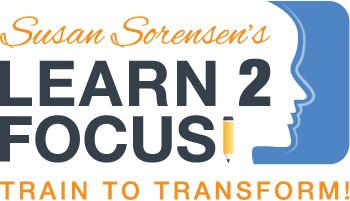5 Takeaways from "Autism: New Research and Interventions"
/I’m so excited to share with you today this new webinar: “Autism: New Research and Interventions” by Dr. Martha Burns, a Joint Appointment Professor at Northwestern University. She’s an incredible expert in the neuroscience of learning, language and communication; she’s authored three books and more than 100 journal articles on the subject. Here are my five takeaways from the webinar, and if you have some time this morning, I highly recommend you take a listen!
1. One in 68 children is now diagnosed in Autism spectrum disorder – this is almost triple in number since 2000.
2. New research is heading into the direction of synapse excitability and inhibition. Excitability transmitters allow the child to pay attention, while inhibitory transmitters allow the child to ignore things. If there is an imbalance in these synapses, the child may be hyper attentive or have trouble focusing.
3. Research shows that repetition and practice prunes and sculpts our brain over time to develop certain activities and skills. If there is a part of the brain that is not often used, such as when a child tunes things out or lacks attention, then the pruning process is delayed.
4. The key to intervention is regulating the brain by counteracting this imbalance and teaching the brain to do what we want it to do. If we allow the child to do what he or she wants, such as play on the iPad all the time, the child’s excitation synapses will keep getting stronger. This competes with language and social skills. Instead, we have to help the child achieve balance by not allowing the child do what he or she naturally want to do. This can be the hardest thing for us parents!
5. Neuroscience-based interventions and individualized behavioral treatments are proven methods of treatment. For example, research by 34 professionals across the country who used Fast Forward showed an 81 percent increase in the child’s attentional skills, such as testing, computer activities, structured therapy, listening to stories and group activities

